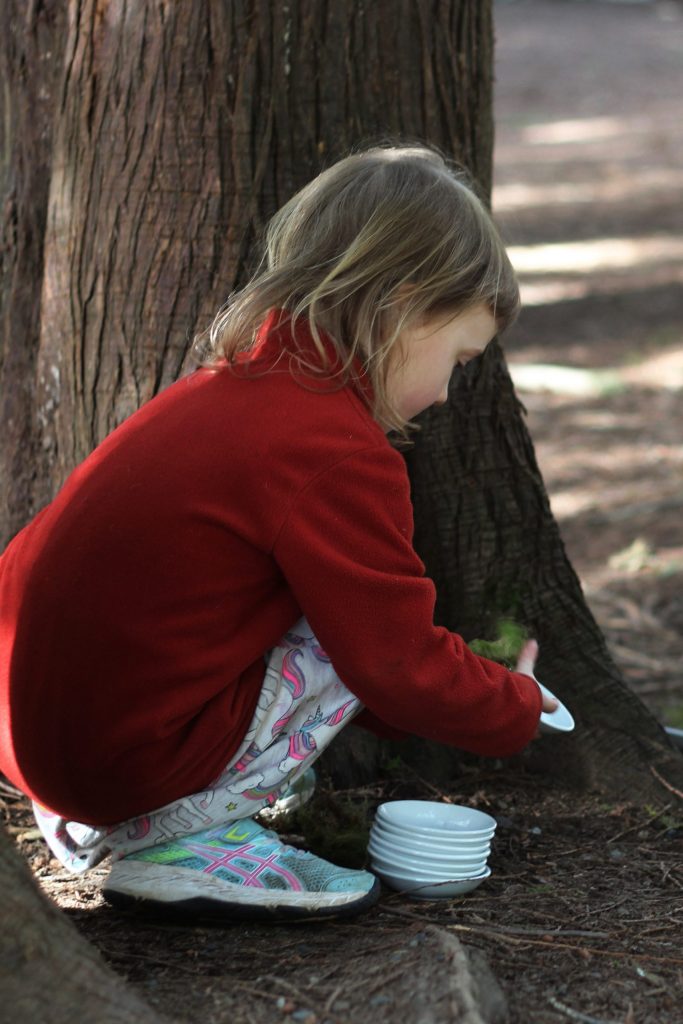
“Today many of us live indoor lives, disconnected from the natural world as never before. And yet nature remains deeply ingrained in our language, culture and consciousness” Jones (Losing Eden 2020)
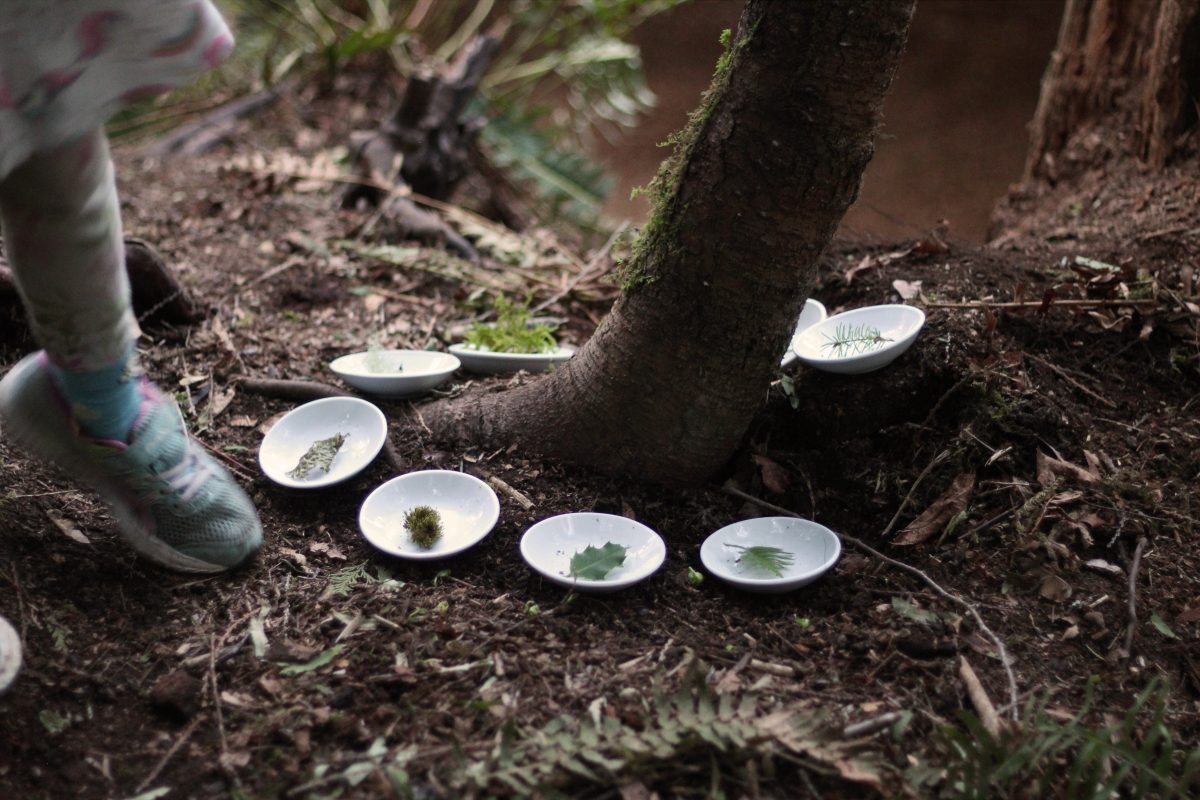
As I immersed myself in the planning of this workshop, the idea of working with natural materiality took on a much higher level of importance. If I am to be using the materials found in nature, I want to do so in a way that acknowledges that taking, and that I in turn need to be giving back. When I began to explore nature as a way to connect to place, or a way to use the materials found around me for my practice, the idea of reciprocity was not high on my list. It was present, but I had no fixed method for transferring these ideas into a method of teaching others. Now that I am working with the children on Saltspring Island, I find myself needing to educate myself while simultaneously teaching others.


Article 29 of the Convention on the Rights of the Child:
1. States Parties agree that the education of the child shall be directed to:
(d) The preparation of the child for responsible life in a free society, in the spirit of understanding, peace, tolerance, equality of sexes, and friendship among all peoples, ethnic, national and religious groups and persons of Indigenous origin;
(e) The development of respect for the natural environment.
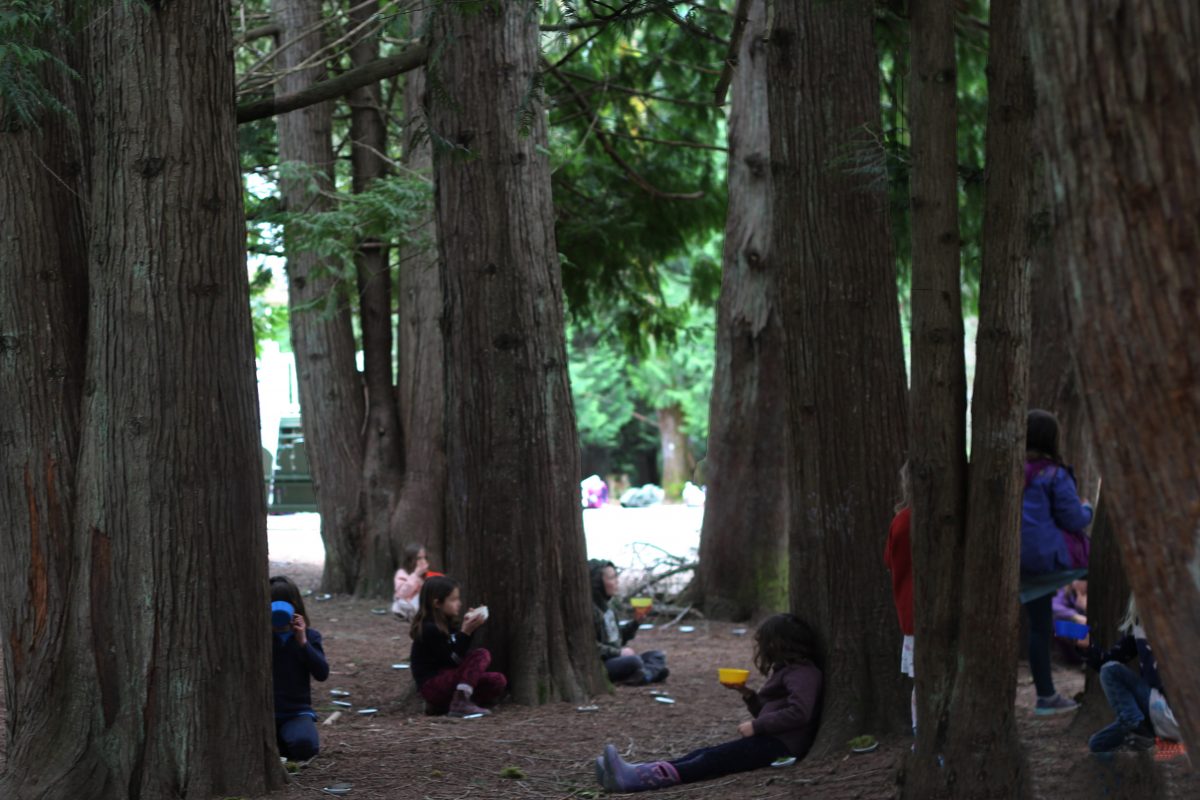
As I read Article 29, sections both (d) and (e) I am reminded of the importance of these concepts when developing the workshop. Especially here on the west coast, and in Canada, where a discrimination and tension exists among different groups, I feel that my design practice can assist in a small way through the methods of workshop and play. Through this workshop and play, I can create an environment of appreciation for nature and Indigenous ways of knowing through the explorations of natural materiality and design. As I did deeper in my own practice alongside these guides, I am influenced and informed by the work of Robin Wall Kimmerer.
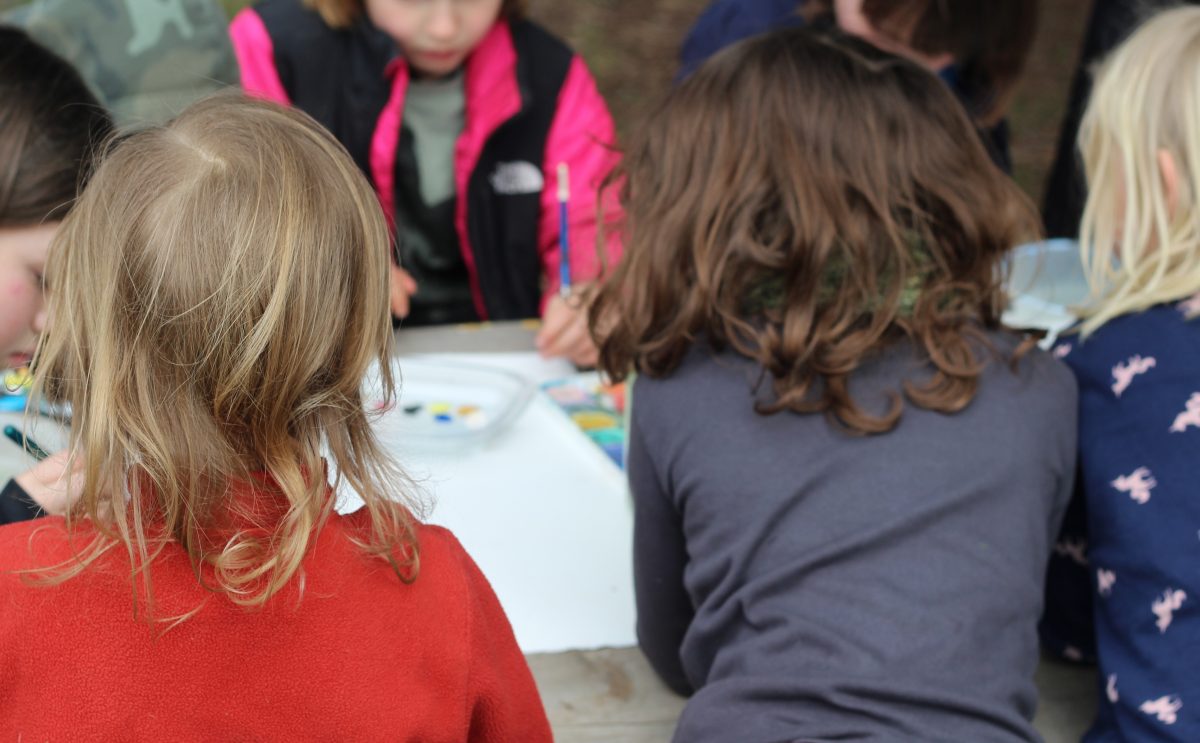
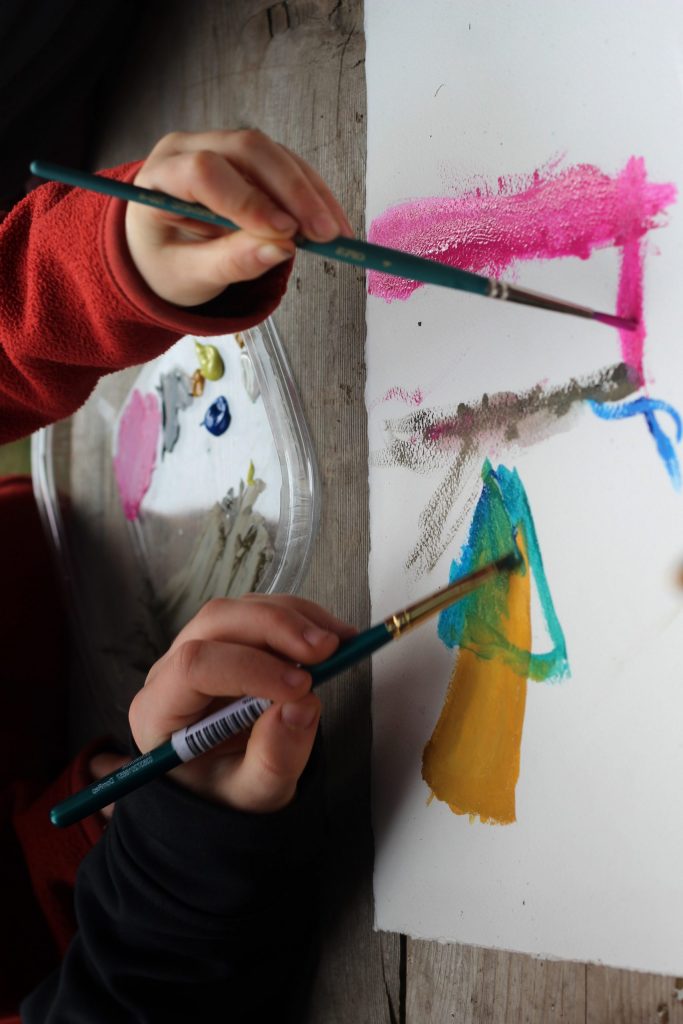
If our first response is gratitude, then our second is reciprocity: to give a gift in return. What could I give these plants in return for their generosity? It could be a direct response, like weeding or water or a song of thanks that sends appreciation out on the wind. Or indirect, like donating to my local land trust so that more habitat for the gift givers will be saved, or making art that invites others into the web of reciprocity. Kimmerer (2020)
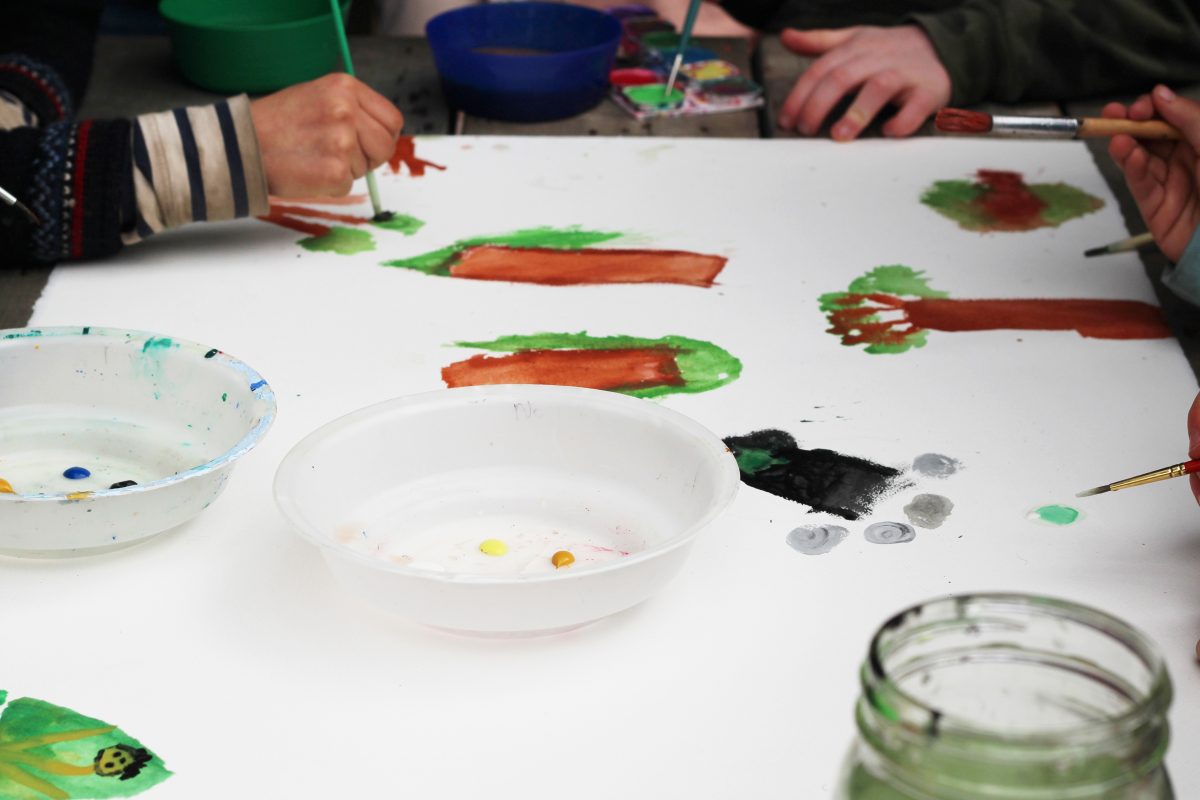
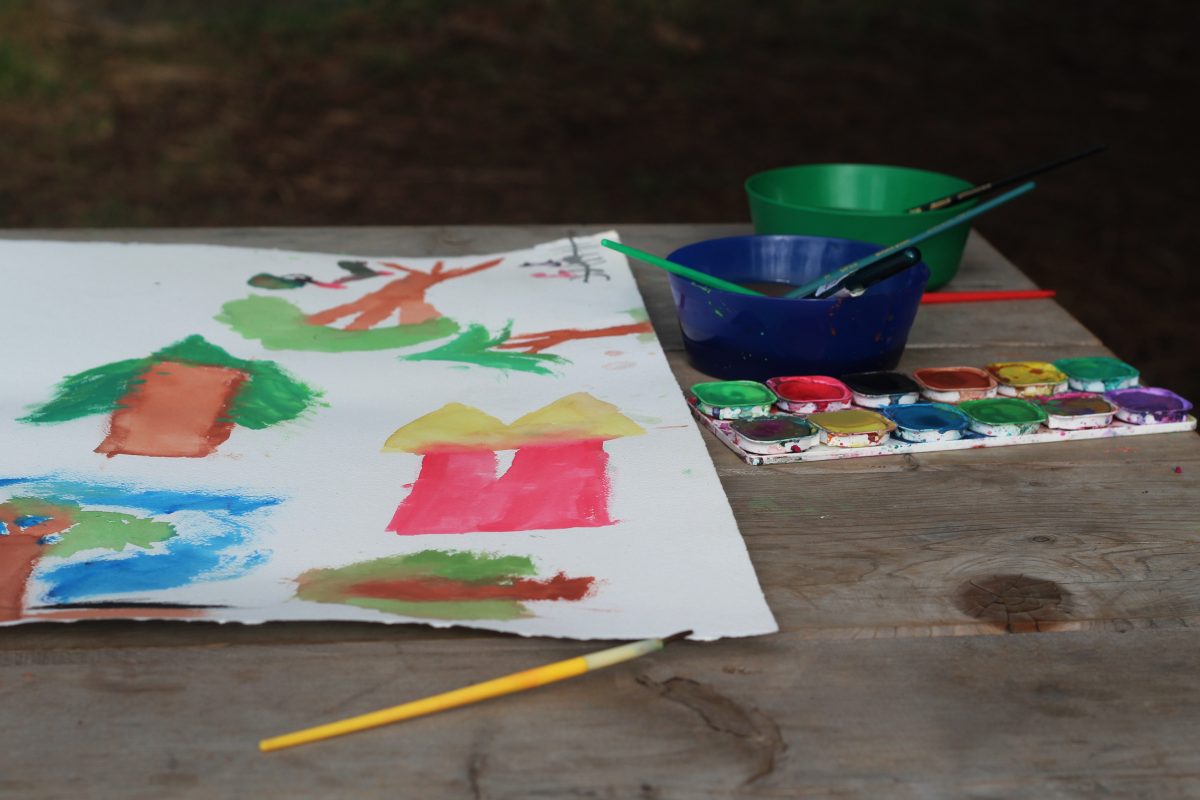
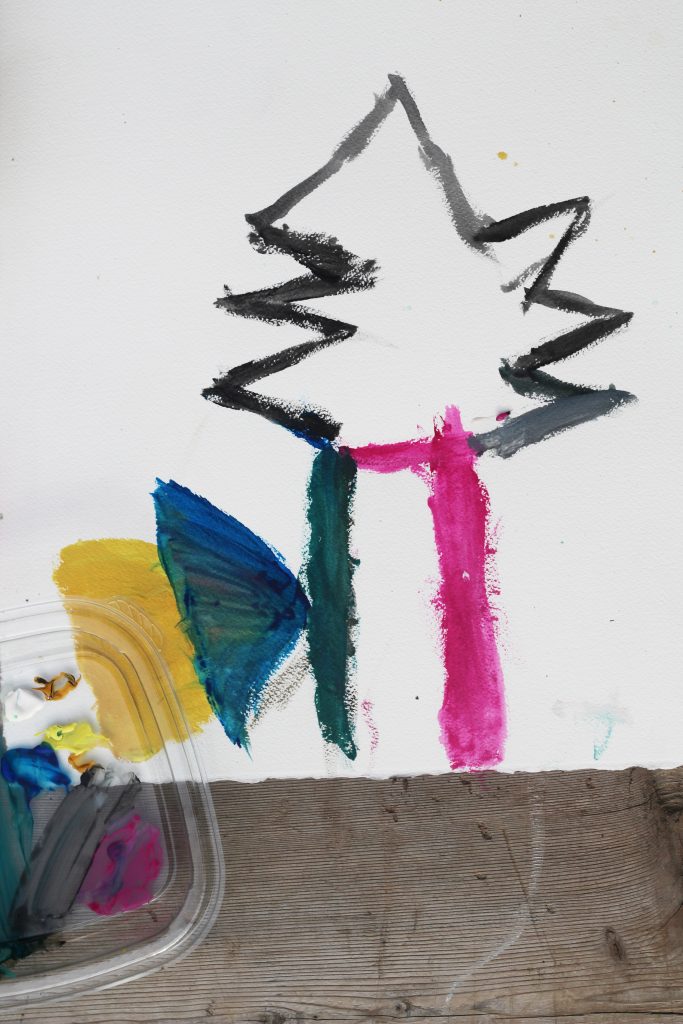
Article 31 of the Convention on the Rights of the Child:
1. States Parties recognize the right of the child to rest and leisure, to engage in play and recreational activities appropriate to the age of the child and to participate freely in cultural life and the arts.
2. States Parties shall respect and promote the right of the child to participate fully in cultural and artistic life and shall encourage the provision of appropriate and equal opportunities for cultural, artistic, recreational and leisure activity

